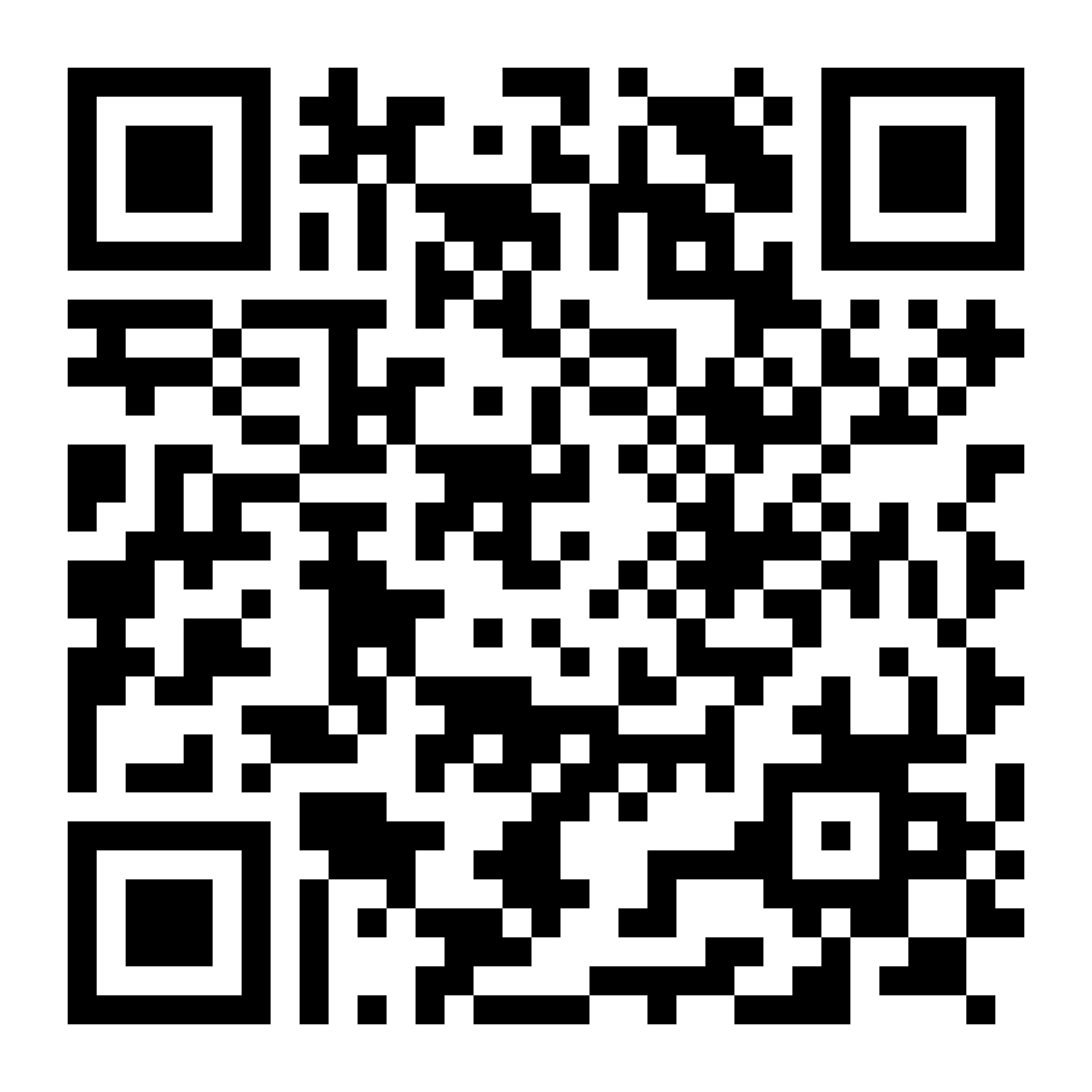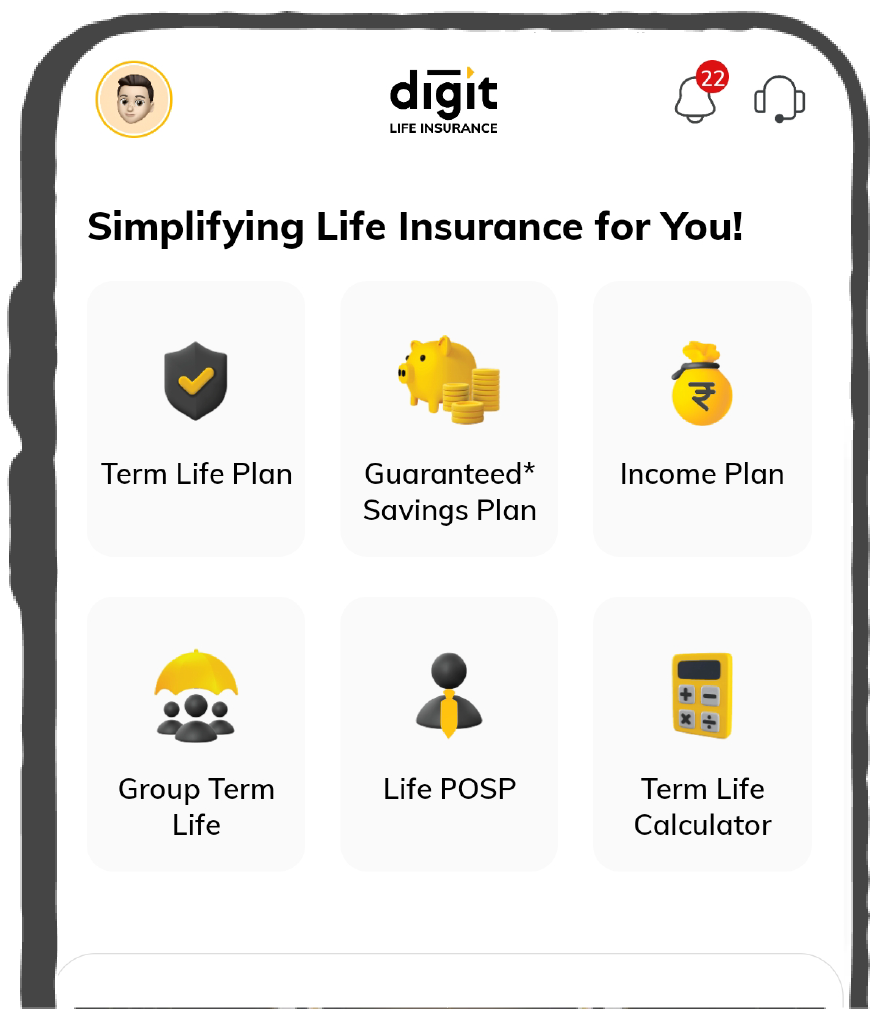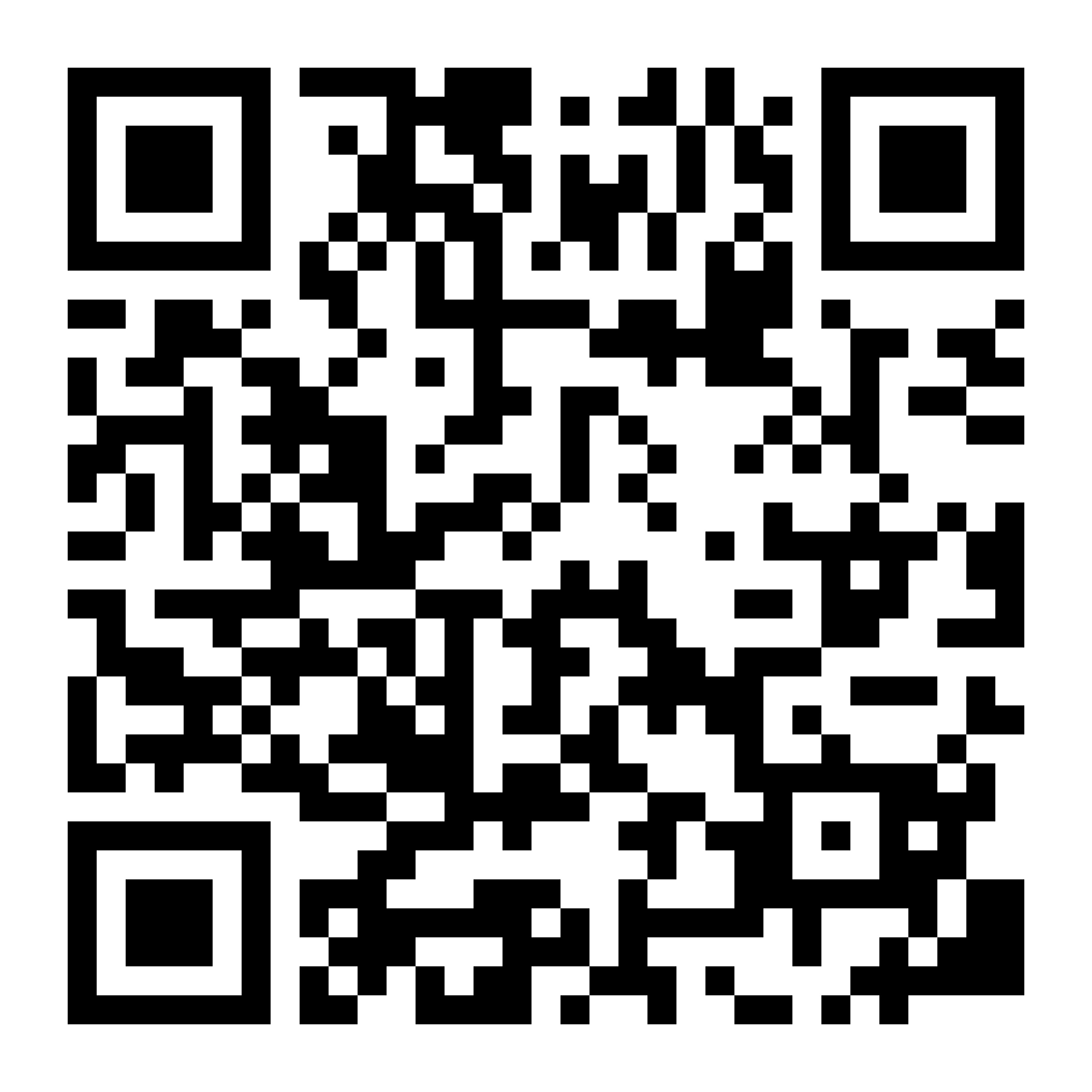Quick Claim Process

Affordable Premium

Accessibility Options

General

General Products
Simple & Transparent! Policies that match all your insurance needs.


37K+ Reviews
7K+ Reviews
Scan to download

Life

Life Products
Digit Life is here! To help you save & secure your loved ones' future in the most simplified way.


37K+ Reviews
7K+ Reviews
Scan to download

Claims
Claims
We'll be there! Whenever and however you'll need us.


37K+ Reviews
7K+ Reviews
Scan to download

Resources
Resources
All the more reasons to feel the Digit simplicity in your life!
 Tools & Calculators
Tools & Calculators


37K+ Reviews
7K+ Reviews
Scan to download

37K+ Reviews
7K+ Reviews
Select Preferred Language
Our WhatsApp number cannot be used for calls. This is a chat only number.

Enter your Mobile Number to get Download Link on WhatsApp.
You can also Scan this QR Code and Download the App.
Quick Claim Process

Affordable Premium


Section 115JB of the Income Tax Act devises a parametric condition for companies regarding their tax payments. This condition limits the tax exemptions that companies can claim and instead imposes a minimum alternative tax amount (MAT). The excess of the MAT paid over the tax liability is computed as per the normal tax provisions.
Read on to know what minimum alternative tax amount is and how to calculate it.
The Minimum Alternate Tax is defined as the indirect tax that is paid by companies, irrespective of the number of exemptions they claim.
Before the introduction of MAT, legal tax exemptions were available to the employees and shareholders of a company, which were primarily referred to as ‘zero-tax companies’. Now, all companies have been included in the income tax loop.
The Finance Act (1996) introduced minimum alternative tax and defined its calculation as under:
MAT is the minimum tax liability of an entity or company. Normally, it is calculated at 15% on book profits in national currency or 9% in foreign currencies. The Income Tax department calculates MAT on book profit. Thus, companies must pay the MAT amount for circumstances where normal tax liability is lower than MAT.
All business organisations are liable to pay MAT irrespective of their types. Thus, companies eligible for MAT can be public, private, national or foreign. For MAT eligibility, a company’s tax liabilities must be less than 15% of its book profit.
Book profit refers to the net profit expressed in the profit/loss statement following the Schedule III of the Companies Act, 2013. Book profit considers the following additions:
However, there are certain deductions under book profits calculation. They include the following:
Book profits provisioned under Section 115JB must have a legal certification from a chartered accountant. To avoid penalties, applicants must fill out form 29B and send their reports before ITR filing.
Now let’s understand more about MAT.
As per Section 115JAA, the difference between the normal tax liability of a company and its MAT liability is its MAT credit. Companies must pay whichever is higher.
Imagine company A has a normal tax liability of ₹ 5 lakh for the financial year 2021-22, while its MAT liabilities amount to ₹ 4.5 lakh. Since the normal tax liability is higher than the MAT liability, company A is eligible for a MAT credit of ₹ 50,000. (₹ 5 lakh – ₹ 4.5 lakh)
The current tax system enables companies to opt for MAT credit and carry it forward to the subsequent years. Thus, if the normal tax liability of company A is higher than its MAT liability, it can claim MAT credit for the current assessment year. However, the claim amount cannot exceed the difference between the normal and MAT tax liabilities.
Suppose, for the financial year 2020-21, company A has a normal tax liability of ₹ 8.5 lakh and its MAT liability is ₹ 7.5 lakh. This implies that company A has a MAT credit of ₹ 1 lakh; they can claim a maximum MAT credit of ₹ 50,000 during an assessment year. The balance MAT credit (₹ 50,000) can be claimed in the subsequent years.
MAT credit is the difference between normal and minimum alternative tax liability and can be carried forward to the subsequent years. Companies can claim MAT credit for a maximum of 15 years from the date of credit commencement.
Initially designed for business enterprises, minimum alternate tax is now applicable to all taxpayers. MAT aims to specifically include companies enjoying zero taxation despite their substantial book profits.
All private and public companies (national or foreign) whose normal tax liabilities are more than 15% of their book profit are not eligible to pay Minimum Alternative Tax.
All private and public companies (national or foreign) whose normal tax liabilities are more than 15% of their book profit are not eligible to pay Minimum Alternative Tax.
Dividend income from domestic companies is exempted from taxation if it does not exceed ₹ 10 lakh.
Dividend income from domestic companies is exempted from taxation if it does not exceed ₹ 10 lakh.
